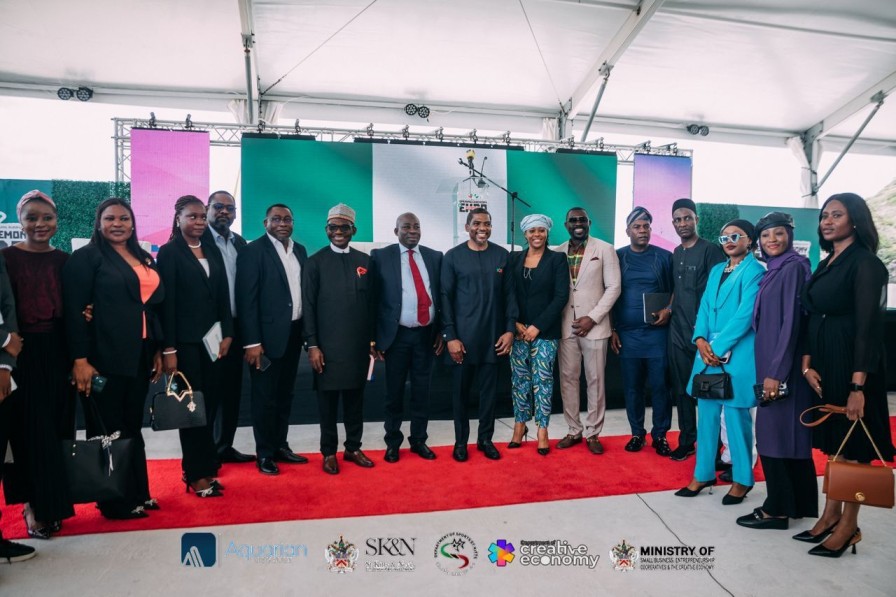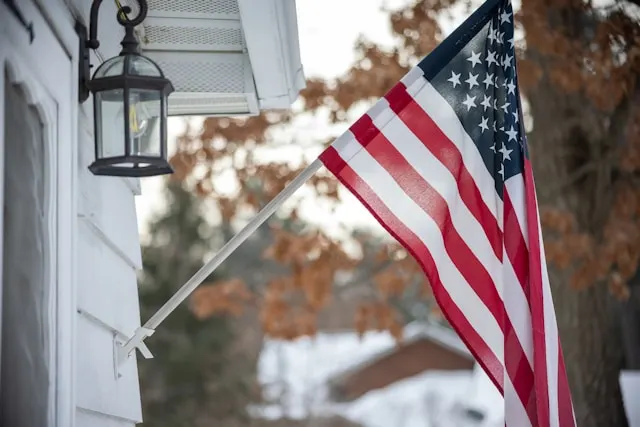PROTECT YOUR DNA WITH QUANTUM TECHNOLOGY
Orgo-Life the new way to the future Advertising by Adpathway(Op-Ed Analysis) President Donald Trump’s decision to deploy an additional 2,000 National Guard troops to Los Angeles marks a pivotal moment in the contest over who holds ultimate authority in the United States: the president or powerful, dissenting states like California.
This is not just a response to unrest; it is a direct challenge to California’s Democratic leadership and a signal to other states such as New York and those in New England, where resistance to Trump’s federal policies runs strong.
The White House invoked a rarely used section of federal law to bypass Governor Gavin Newsom’s authority, federalizing the California National Guard.
Official documents show Trump justified this move by citing violent protests and threats to federal immigration agents following high-profile ICE raids in Los Angeles.
The president’s order charged the Guard with protecting federal property and personnel, and it authorized the use of active-duty Marines if necessary. The deployment is set for at least 60 days, or longer if the Secretary of Defense deems it needed.
 Trump’s Deployment of Troops to Los Angeles: The Defining Test of Federal Power Over Dissenting States. (Photo Internet reproduction)
Trump’s Deployment of Troops to Los Angeles: The Defining Test of Federal Power Over Dissenting States. (Photo Internet reproduction)Governor Newsom publicly condemned the action, calling it illegal and an overreach of federal power. California’s attorney general filed a lawsuit, arguing that Trump’s move violates the Tenth Amendment and tramples state sovereignty.
Federal-State Clash in Los Angeles Highlights Battle Over Authority
State and city officials insist they have the situation under control and accuse the president of escalating tensions for political gain. Law enforcement in Los Angeles, bound by state law, has refused to assist federal immigration enforcement, deepening the standoff.
The unrest began after ICE detained at least 44 people, sparking protests that escalated into confrontations with police and National Guard troops. Official reports confirm the use of tear gas, rubber bullets, and dozens of arrests.
Federal officials say several agents were injured during the clashes. Trump, in public remarks, called the protesters “insurrectionists” and warned of severe consequences for anyone disrespecting law enforcement or the military.
For Trump, this confrontation is more than a local crisis. It is a calculated test of presidential power and a warning to other Democratic-led states.
The president has openly threatened to cut federal funds to California over a range of policy disputes, from immigration to climate rules. His administration frames the Los Angeles operation as a necessary step to restore order.
It also aims to enforce national laws where local authorities refuse to cooperate. The stakes are high. If Trump succeeds in overriding California’s resistance, he sets a precedent for federal dominance over state governments that challenge him.
If California prevails in court or on the streets, it could embolden other states to defy federal directives. The outcome will shape the balance of power in the United States, with consequences for governance, business stability, and the rule of law.
This is the first grand test in decades of who is chief in America: the president, or states determined to chart their own course. The answer will echo far beyond California, shaping the nation’s political and economic landscape for years to come.


 1 month ago
6
1 month ago
6










 English (US) ·
English (US) ·  French (CA) ·
French (CA) ·  French (FR) ·
French (FR) ·